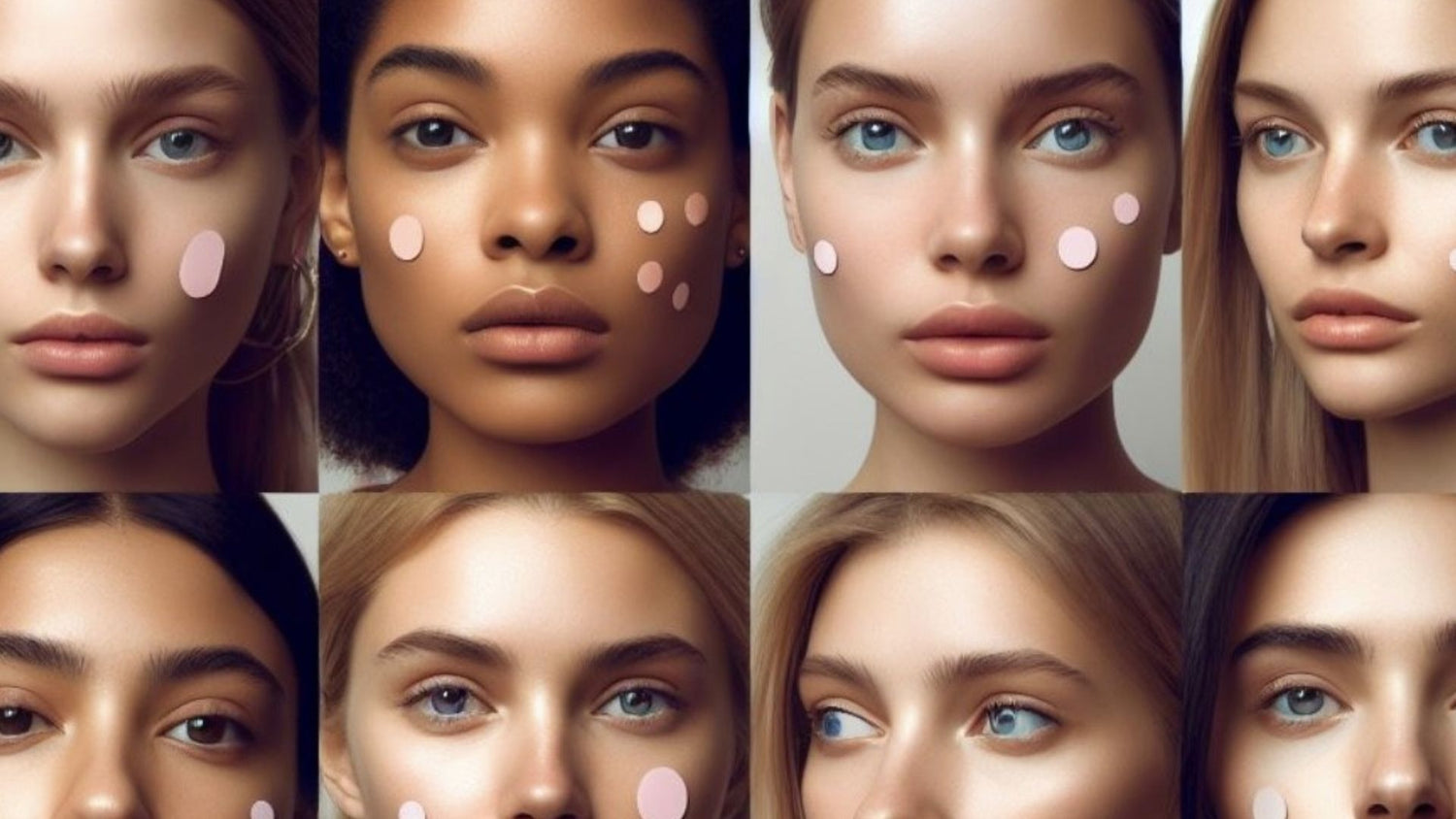Children aren’t the only ones who enjoy eating sugary treats. Face it, we all do! But, generally due to weight gain problems, we cut down on such confections in order to control our daily calorie consumption. Now, people are conscious about so-called “FAT INTAKE” to avoid obesity. They prefer a LOW-FAT diet to slow down the risk of cardiovascular disease. “People are often surprised that a low-fat product may not be that different in calories than regular products”, says Connie Crawley, nutrition and health specialist in the College of Family and Consumer Sciences at the University of Georgia. “A good example is fat-free or low-fat salad dressing, which can be high in sugar.” You may be thinking, ‘Oh my, that’s shocking!’
Excess Sugar Damages Your Skin, Too
Some Relative Fact And Figures & Guidelines
– ONE HUNDRED AND FIFTY-SIX POUNDS. That’s how much added sugar Americans consume each year on a per capita basis, according to the U.S. Department of Agriculture (USDA). Imagine it! Thirty-one five-pound bags for each of us.
– Syrup, soda, juice, crackers, yogurt, ketchup, and peanut butter, for instance, are loaded with sugar — often in the form of high-fructose corn syrup, or HFCS. Use of corn syrup has increased 3.5% per year in the last decade, according to the World Health Organization (WHO). That’s twice the rate at which the use of refined sugar has grown.
– According to the USDA, sweetened fruit drinks account for 10% of the total added sugars we consume. Candy and cake come in at 5% each. Ready-to-eat cereal comprises 4% of the total.
– Low-fat products may not be as good for your diet as you think. Some contain plenty of sugar to make up for the lack of tasty fat.
– A single can of regular soda, with the equivalent of 10 teaspoons, would put you over.
– The American Heart Association has specific guidelines for added sugar — no more than 100 calories a day from added sugar for most women and no more than 150 calories a day for most men.
– Solid fats and added sugars — called SoFAS — make up a whopping thirty-five percent of total calories in a typical American diet. In the 2010 Dietary Guidelines for Americans, the U.S. Department of Agriculture (USDA) recommended cutting back on calories from SoFAS. For most people, that means no more than about 5 to 15 percent of total daily calories should come from SoFAS.
– Inflammation is at the basis of aging in all organ systems, including the skin. One of the reasons inflammation occurs is from a rapid rise in blood sugar, which causes biochemical changes in the cell that result in accelerated aging.
– In addition to biochemical changes, sugar causes damage to the skin in another way. When blood sugar goes up rapidly, sugar can attach itself to collagen in a process called “glycation,” making the skin stiff and inflexible. Losing this elastic resilience of young skin will give you deep wrinkles and make you look old.
– Sugar suppresses the release of human growth hormone and immune system, too.
– People don’t realize what they generally eat: i.e. pasta, bread, potatoes and rice are converted rapidly into high amounts of cell-aging sugar. Even a baked potato is equivalent to bars of candy because they are all carbs.
Recent Newsflashes – ANTI-SUGAR CAMPAIGN
New studies are supporting claims that sugar is poisoning us — Sanjay Gupta reports on 60 Minutes. New research shows that beyond weight gain, sugar can take a serious toll on your health, worsening conditions ranging from heart disease to
cancer. Some physicians go so far as to call sugar a toxin.
As a result of these findings, an anti-sugar campaign has sprung up, led by Dr. Robert Lustig, a California endocrinologist, who believes the consumption of added sugars has plunged America into a public health crisis. Since the 1970s, sugar
consumption has gone down nearly forty percent, but high-fructose corn syrup has more than made up the difference. Dr. Lustig says “they are both toxic because they both contain fructose — that’s what makes them sweet and irresistible.”
Dr. Lustig’s theory is that we used to get our fructose mostly in small amounts of fruit — which came loaded with fiber that slows absorption and consumption — after all, who can eat 10 oranges at a time? But, as sugar and high-fructose corn syrup became cheaper to refine and produce, we started gorging on them.
Now, you don’t have to be scared, let me put all of this into perspective: a small serving of sugar or the occasional sweet treat is not going to instantly translate into a new wrinkle or trigger multiple organ failures. It’s only the EXCESS intake which can lead to the horror show. So, if you want to slow down your skin aging, cut down your sugar intake. BE SWEET BUT BE YOUNGER, TOO.
-Rinki Pramanik, biotechnologist & cosmetic researcher
For more giveaways and contests, sign up for our newsletter HERE.
If you like this post, share it with your friends and give it a LIKE on Facebook.




